Reasons to Choose Sendagaya – Reason 2
Reasons to Choose Sendagaya – Reason 2
Education Quality
Over 25,000 students who have learned Japanese at Sendagaya have found jobs and are now playing active roles worldwide after pursuing higher education at Universities, Graduate Schools or Vocational Schools. Sendagaya’s education goes beyond only understanding a language. Sendagaya’s education revolves around raising true communication skills that will be used in various situations in the future, such as daily, academic, and business situations, where every individual collaborates to understand each other and work together to achieve their goals.
Sendagaya’s Education Features

Technical and Practical Skills for Logical Written Expressions
At Sendagaya Group, the entire group is constantly taking into consideration and researching “ways to improve the lessons for the students”. Sendagaya Group has a Japanese Language Teachers’ Training Program and is constantly raising teachers according to the latest theories. In order to conduct effective and easy-to-understand lessons according to students’ nationality, age, and goals, teachers repeatedly go through a trial-and-error process in Japanese language school classrooms. This is where the latest theories developed through the training program are incorporated. At the same time, issues with teaching methods or successful experiences found in the classrooms are also incorporated to the Japanese Language Teachers’ Training Program, resulting in the establishment of even higher-quality methods of teaching.
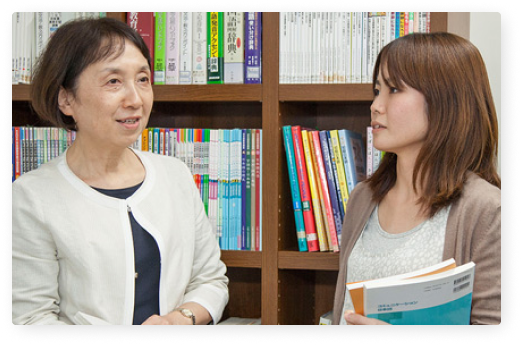
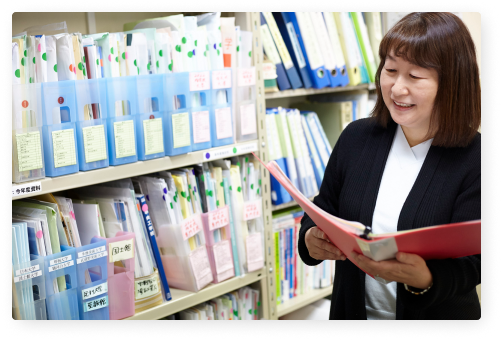

Original Curriculum Supported by Theory
The curriculum is the key part to accomplish each student’s goals, such as passing the N1 or getting accepted to a University/Graduate School. The latest theories developed in collaboration with the Japanese Language Teachers’ Training Program, and the original curriculum supported by the many years of experience in the field, are constantly being revised according to the circumstances. In Sendagaya, we guide students to achieve their goals with the most efficient curriculum you can find.

Teachers
All of our teachers are professionals who possess the Japanese Language Teacher Credentials recognized by the Agency for Cultural Affairs, government of Japan. Most of them are graduates who learned solid knowledge and techniques from Sendagaya Group’s Japanese Language Teachers’ Training Program. We have several skilled teachers with more than 10 years of experience and diverse backgrounds: teachers who majored in Japanese Language Education at Universities or Graduate Schools, teachers with plenty of experience in Japanese companies, and teachers with a specific area of expertise. Our teachers help students achieve their goals in every aspect by often holding learning sessions, conducting research on more effective and easy-to-understand teaching methods.
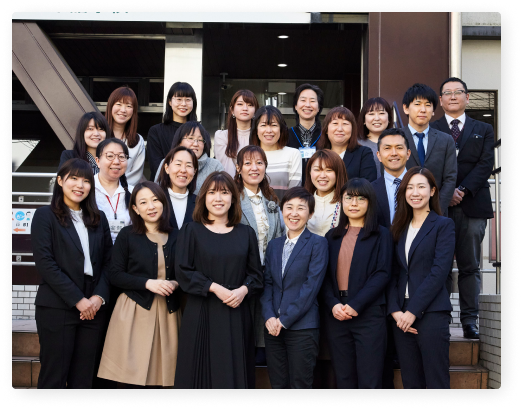


Advisor System and Higher Education Guidance
Every class has a homeroom teacher. They are in charge of not only the lessons but also giving individual support for the international student’s life in Japan, such as consultations about daily life, study, and higher education advancement. The higher education guidance is provided by the homeroom teacher who fully knows the student’s personality. Each advice on which schools to apply to, what are the application documents, or each instruction on the Personal Statement Essay and interviews are carefully thought out to adjust to each student’s needs. Representatives from universities, graduate schools, and vocational schools visit the school and hold information sessions for Sendagaya students, allowing students to obtain the latest information on higher education directly from the respective representatives. We are here to help turn your dreams into reality by making full use of our vast information on higher education admission, such as each university/vocational school’s latest information and data on our past graduates.
Introducing our Teachers
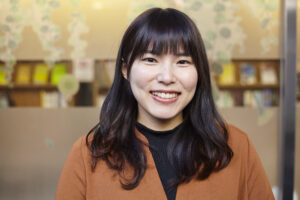
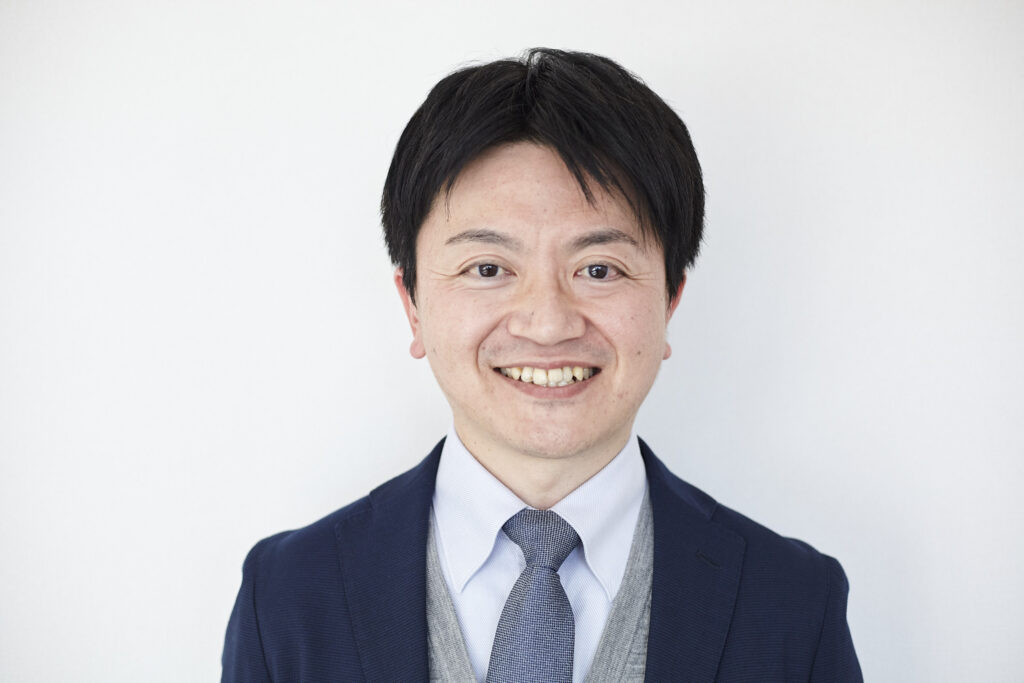


sensei
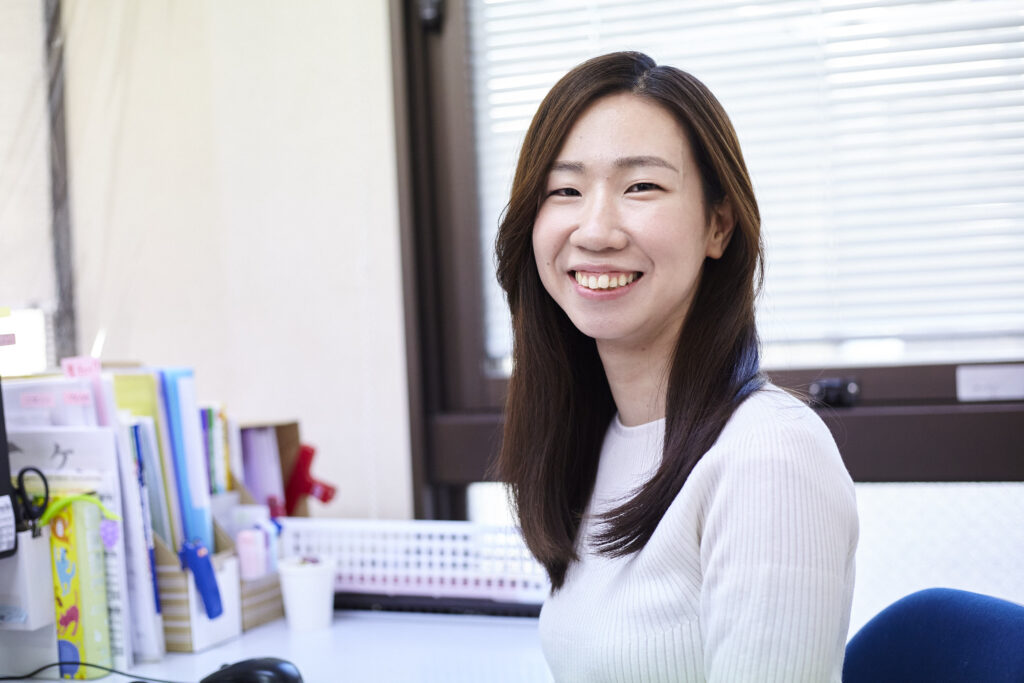
About the Lessons
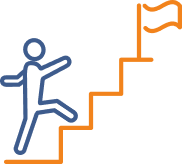
Study in a class that matches your level exactly!
The classes are thoroughly divided into 9 levels, taking into consideration students’ learning paces and styles. Therefore, students can improve their Japanese language skills more efficiently without difficulties. The classes change periodically according to the results of tests and consultations with teachers. Thus, you can always study in a class that suits you.

Improve your knowledge and Japanese language skills in class!
It is not possible to learn a language only by memorizing it.
In class, students repeatedly practice what they would not have noticed when studying by themselves, such as the proper way to use the language, or learning the way Japanese people think while putting it into practice. The leading role in the classroom belongs to the students. In Sendagaya, it is crucial for students to participate and experience the Japanese language in class.

Comprehension check-ups and study care
Students’ learning progress is evaluated through verification tests and periodical tests for each chapter. Thus, we can find if there were any subjects that the students could not understand, had trouble with, etc. Teachers in charge use the results from the tests to give necessary advice and support so that students can aim for a steady progress to the next level.

High-quality supplementary study materials
We utilize textbooks that suit the level of the class. In order to reinforce the students’ understanding and provide active practices, our teachers elaborate supplementary study materials. These supplementary study materials match the student’s level and learning style, and are completely original.
Improve your Japanese skills from beginner to advanced in 2 years
In case of enrolling in April at the beginner level

Advanced Methods

Online practice textbooks
The “Communication Japanese” textbooks used at the beginner level come with an online practice textbook that students can use to prepare and review classes by themselves. This is an efficient study method that students can use through their phones or computers anywhere and anytime, for example inside the train on their way to school, in a coffee shop, etc.

Sendagaya LMS (Learning Management System)
We have introduced a learning management system called the “Sendagaya LMS”. Through this system, students can receive support anytime, such as checking on class schedules and supplementary materials, watching videos uploaded by the school on learning Japanese, preparing and reviewing classes using the practice textbook, browsing through the latest information on higher education, applying to explanatory sessions on University Admissions, etc.
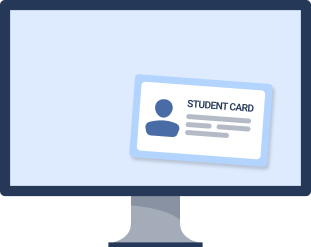
Attendance Management System
We have introduced an attendance management system in Sendagaya. Students attend classes after touching their student ID cards on card readers inside classrooms. Then, they can check on their attendance status through their phones or computers. Teachers in charge and staff can grasp the students’ daily attendance status, and, if necessary, offer support or consultations. We create an environment where students can focus on studying at ease by paying attention to the small changes in their attendance rate.

Automatic Evaluation System
Students can take mock tests by themselves using our “Japanese Language Proficiency Test Practice Exam” (written by Sendagaya Japanese Institute) and the automatic evaluation system developed by Sendagaya Japanese Institute! By answering the questions through their phones or computers, students can do the following:
- Know the results immediately (passed or not passed).
- Know the scoring rate for each question.
- Know their current position in terms of passing the test based on data from people who have passed in the past.
- Receive advice on which areas they should be reinforcing their studies.
- Take the mock test as many times as they want by using the automatic evaluation system.
- Take mock tests in class as well.
- Be given a more efficient explanation in class due to the results being open to teachers.
Educational Materials Development
For nearly 50 years since its foundation, Sendagaya Japanese Institute Group has been in contact with many aspects of Japanese language education: higher education preparation, general Japanese, business Japanese, Japanese language teacher’s education/training, etc. All the know-how collected has been applied to the development of educational materials for Japanese learning and teacher training. The materials published go through a series of editions and have been a source of Sendagaya Group’s social credibility. We hope that these materials can help you achieve your dreams!
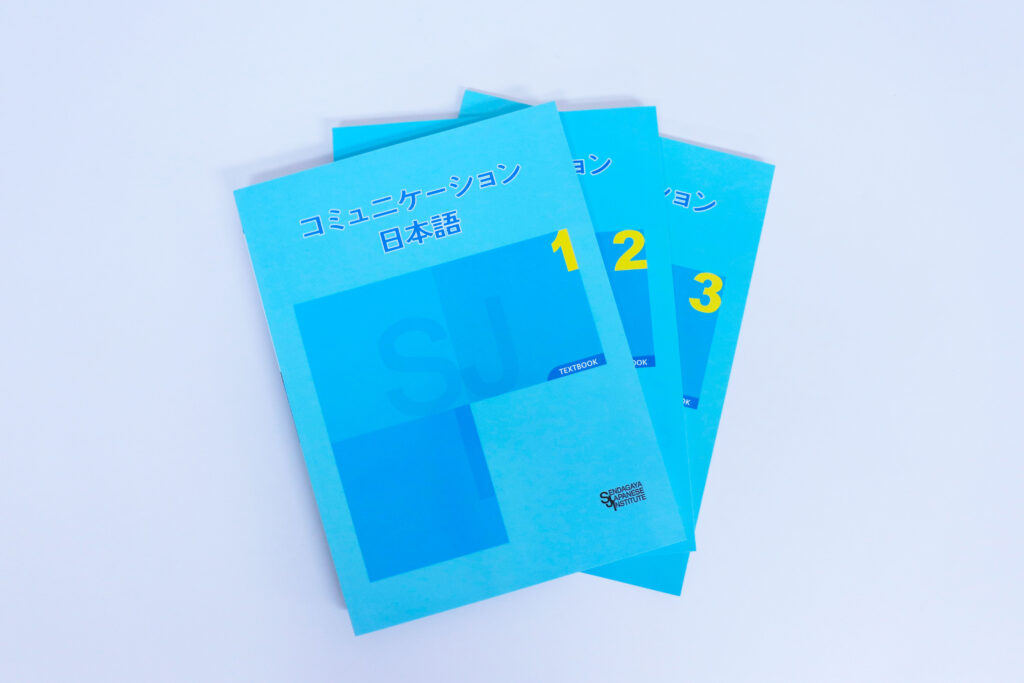
・A Japanese language textbook designed to develop practical communications skills from elementary to lower-intermediate levels.
・Equivalent to level A1~A2 in the “Japanese Language Education Framework of Reference”
・The textbook contains: “conversations” unfolded by a variety of characters in daily life, school, or work situations, “sentences” describing the main contents of a conversation, as well as main sentence patterns and grammar structures.
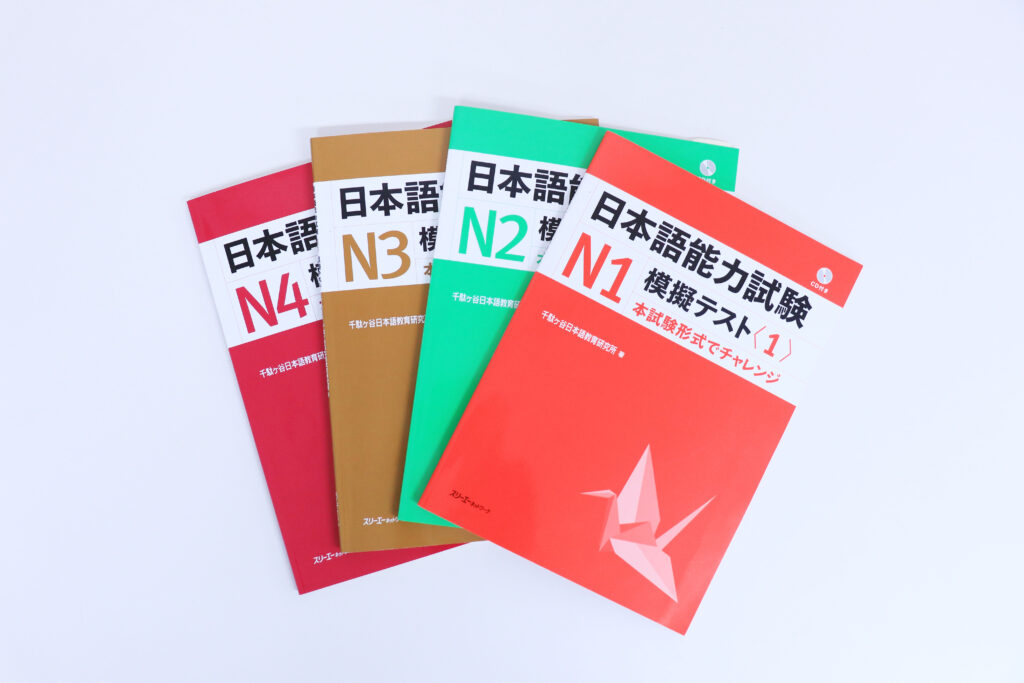
Japanese Language Proficiency Test Practice Exam Compilation. Students can detach the question sheet and take a test similar to the real one. It includes 4 mock exams for N1 and N2 levels and 2 mock exams for N3 and N4 levels. Thus, you can test your skills before and after studying for the real exam. By using the “automatic evaluation system”, students can see their results immediately and check information on the analysis of the results.
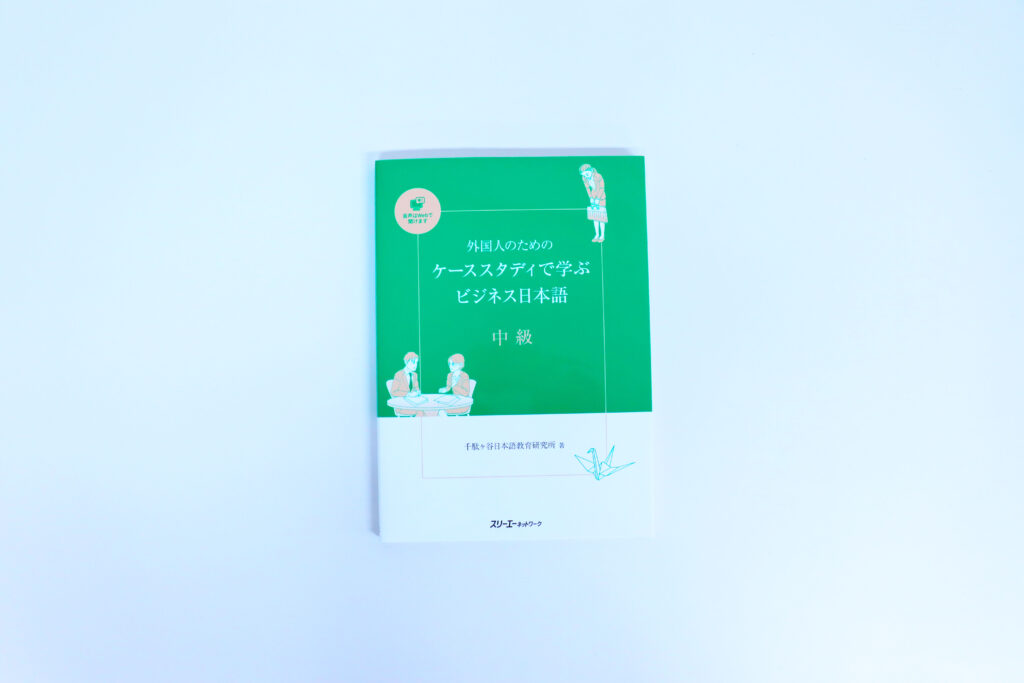
A book that allows you to improve your practical communication skills in business settings. This book was created for those who wish to work at a Japanese company, a Japanese company active abroad, or a company that has business relations with such companies.
Get familiar with Japanese society, Japanese general work culture, and business customs while studying Japanese. Prepare yourself with the background information necessary for when working at a Japanese company.
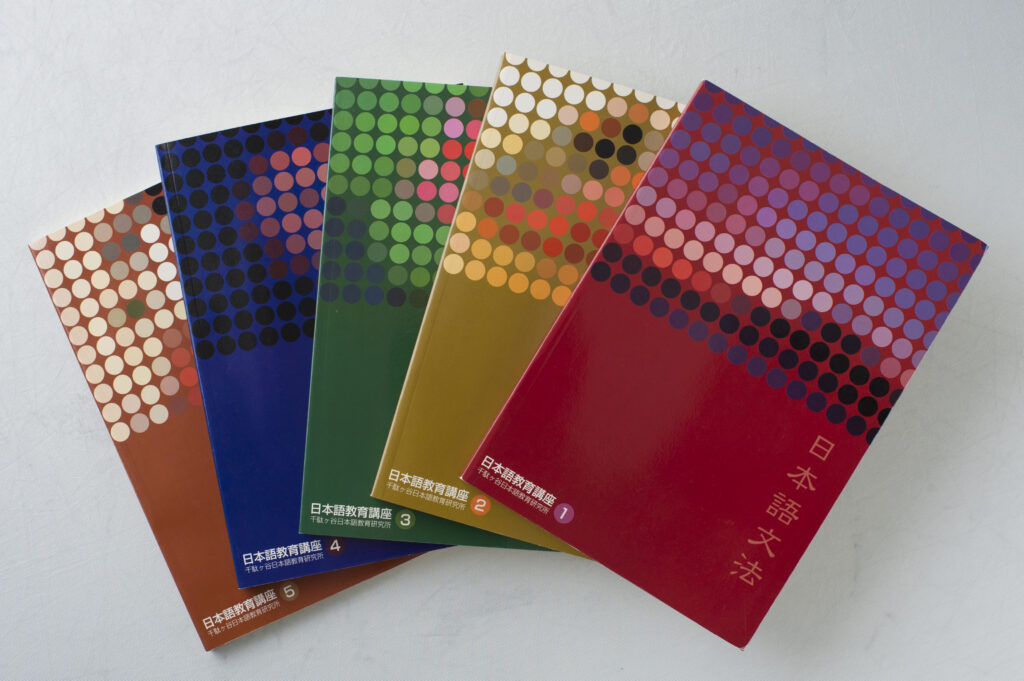
The definitive edition book organized systematically with fundamental theories on Japanese language education. It consists of 5 books: “Japanese Grammar”, “Phonetics/Lexicology/Semantics”, “Linguistics/Japanese Affairs”, “Japanese Language History” and “Teaching Methods”. The fundamental theories used by teachers in the classroom are described in easy “desu/masu form” by a top researcher in the field. This is an introductory book for those aiming to become Japanese language teachers or for those learning about Japanese language education.
Reasons to Choose Sendagaya
2
Education Quality

Sendagaya Japanese Institute Group
Reasons to Choose Sendagaya
1. Higher Education Achievements
3. Student Support by International Staff
Student Life
© 2023 Sendagaya Japanese Institute Group
Tel: +81-3-5337-7001 Fax: 03-5332-6696
Weekdays 8:30am~5:30pm (Japan time)

Sendagaya Japanese Institute Group
Tel:+81-3-5337-7001
FAX:03-5332-6696
Weekday 8:30am~5:30pm (Japan time)
© 2023 Sendagaya Japanese Institute Group
